Canyon Passage (1946)
“You gave me your word you’d quit poker!”
|
Synopsis: |
|
Genres, Themes, Actors, and Directors:
Review: … and willing (but not eager) to marry beautiful, kind, though incompatible Roc: He’s clearly most attracted to the woman (Hayward) already engaged to his best friend (Donlevy): … thus setting up a complex love quadrangle. Without knowing more of their back story, it’s hard to know why Hayward is committed to Donlevy — who we have a hard time liking or sympathizing with given his self-proclaimed aversion to working hard for his money: … not to mention the fact — as shown in a couple of scenes with the solemn wife (Rose Hobart) of a professional gambler (Onslow Stevens) — that he’s far from faithful: Meanwhile, bullying Bond is sufficiently menacing but one-dimensional as the local fight-loving thug: … and the inclusion of Carmichael as a “minstrel” lurking on the sidelines is a curious one (though clearly designed to allow him to sing a few of his own ditties and provide some minor comedic relief): Thankfully, Andy Devine is given a refreshingly candid line to speak regarding the local Indians: “It’s their land and we’re on it, and they don’t forget it.” … though the Indians are reduced to nameless, faceless baddies as usual by the end: I’m curious how much Ernest Haycox’s source novel (adapted by Ernest Pascal) might elaborate on some of my questions and concerns above. Redeeming Qualities and Moments:
Must See? Links: |
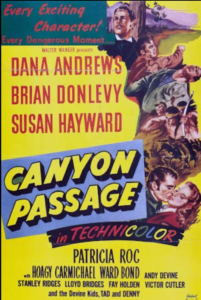

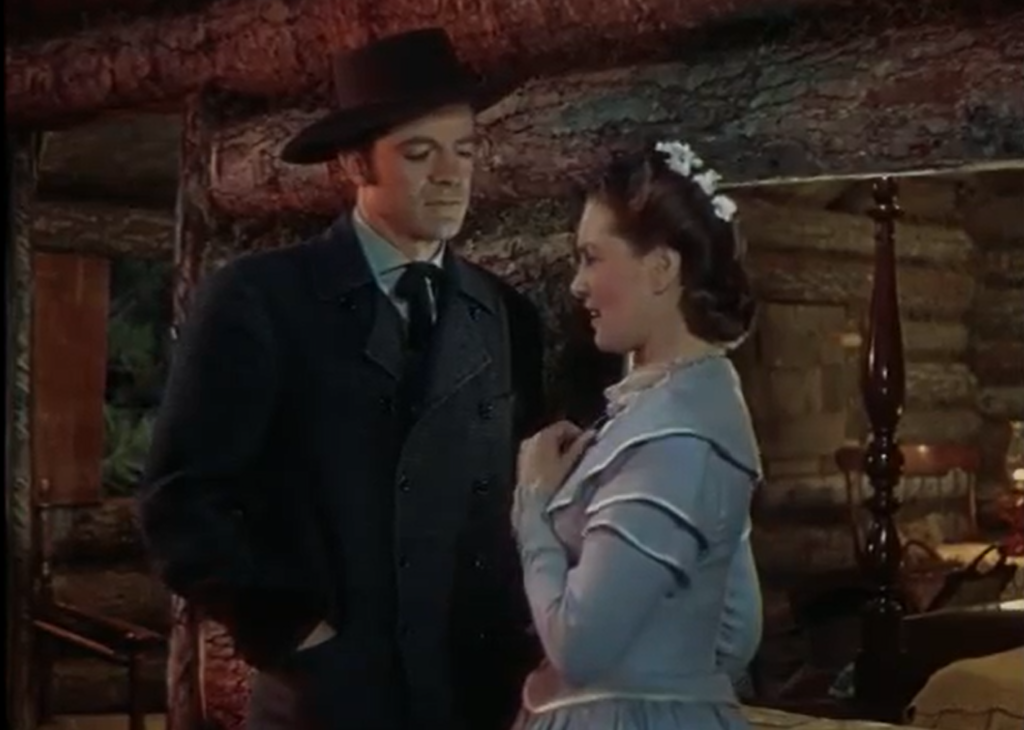
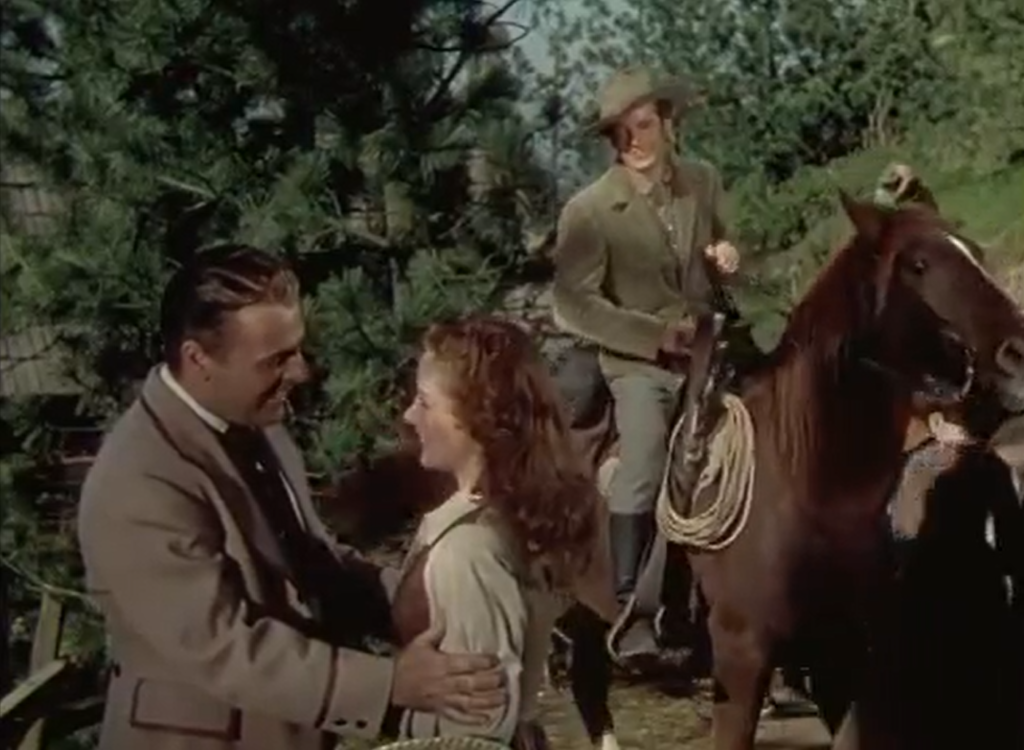

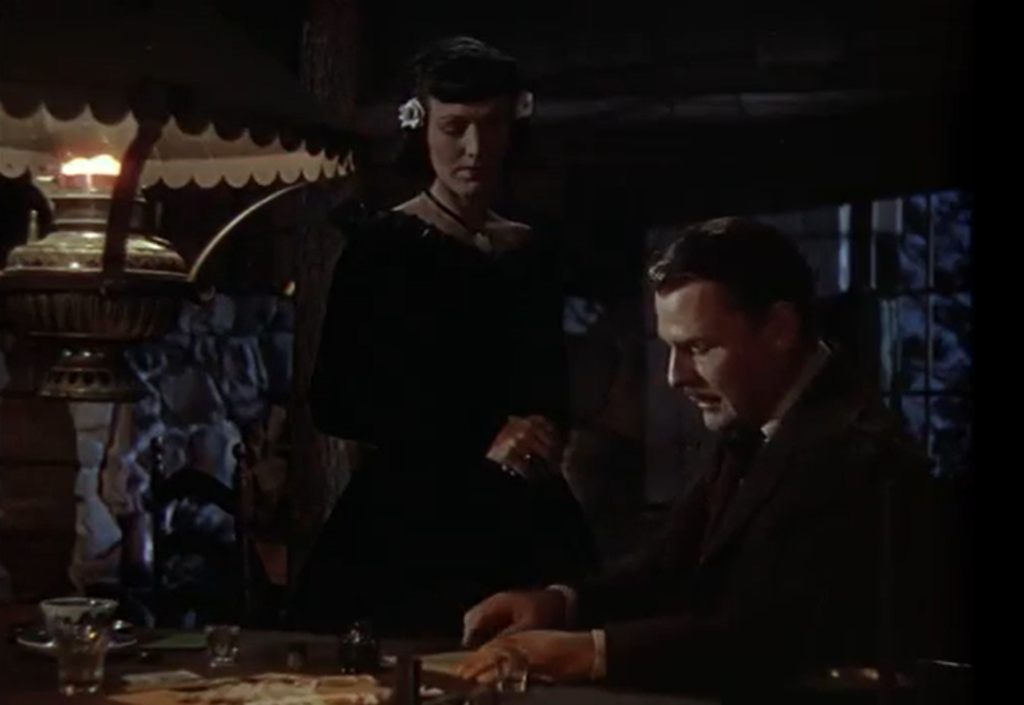
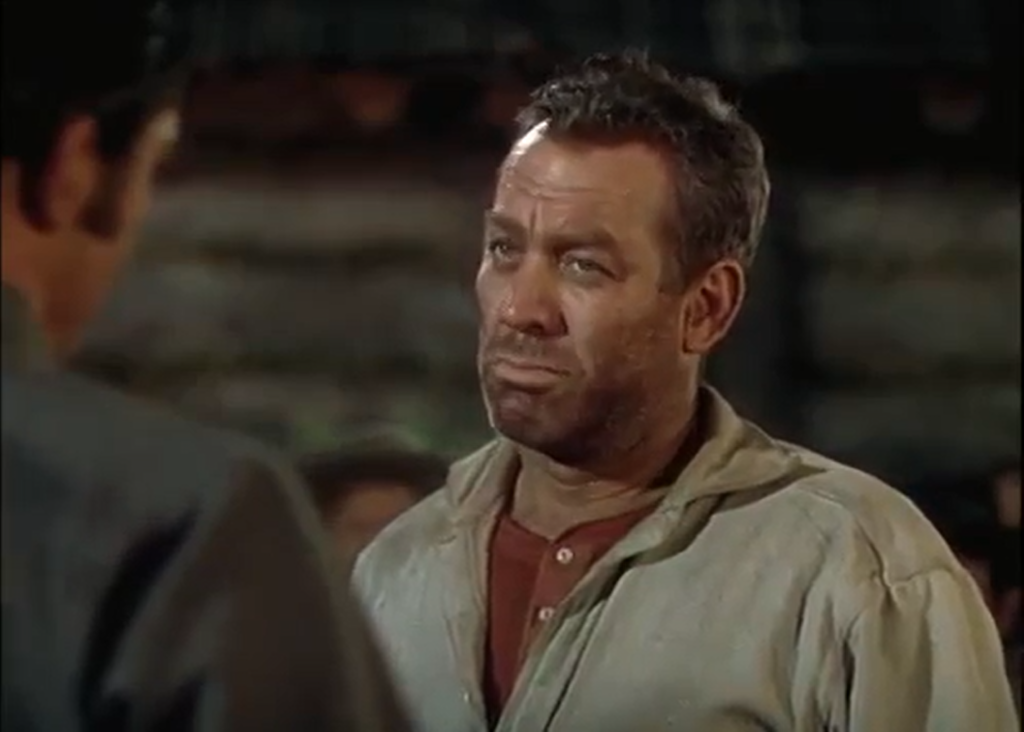
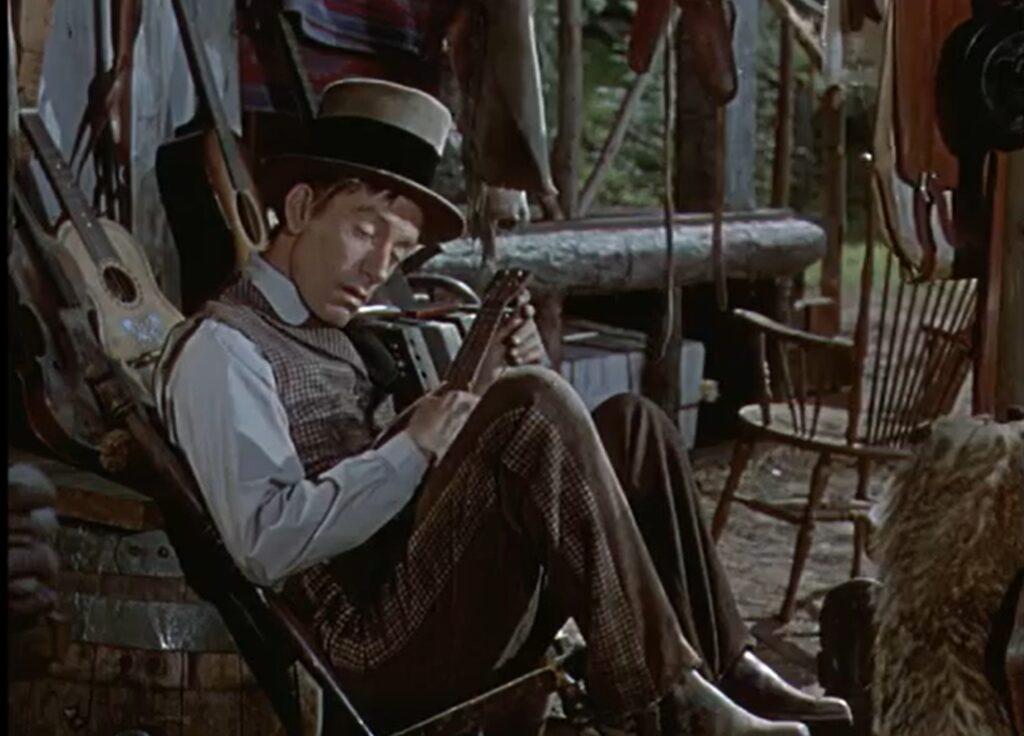
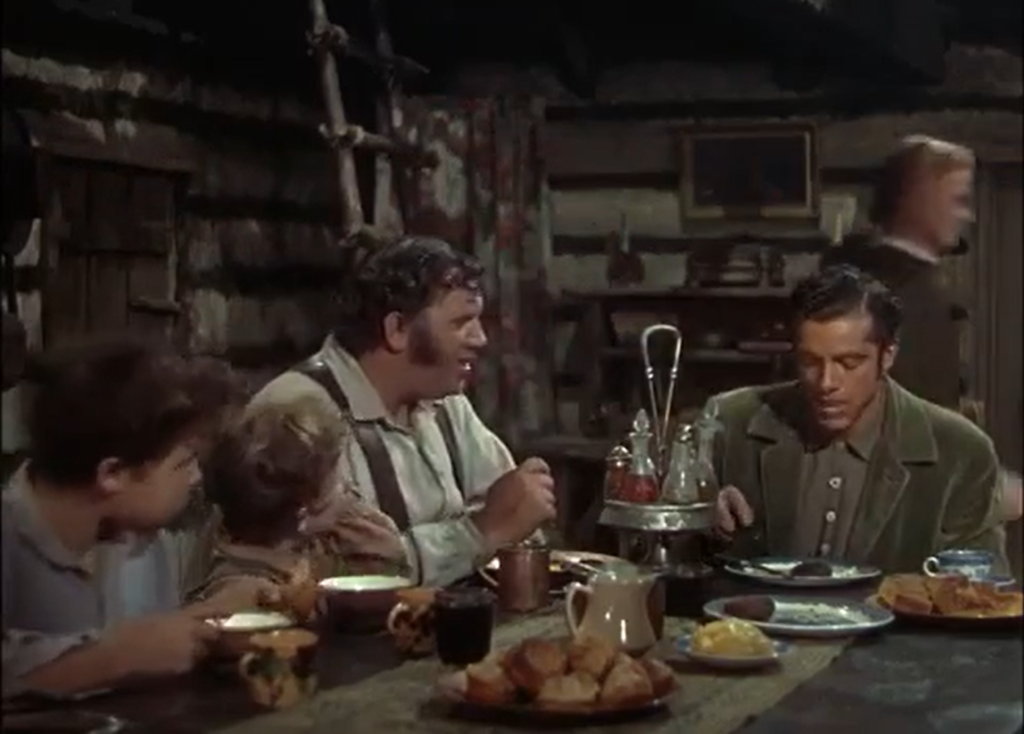
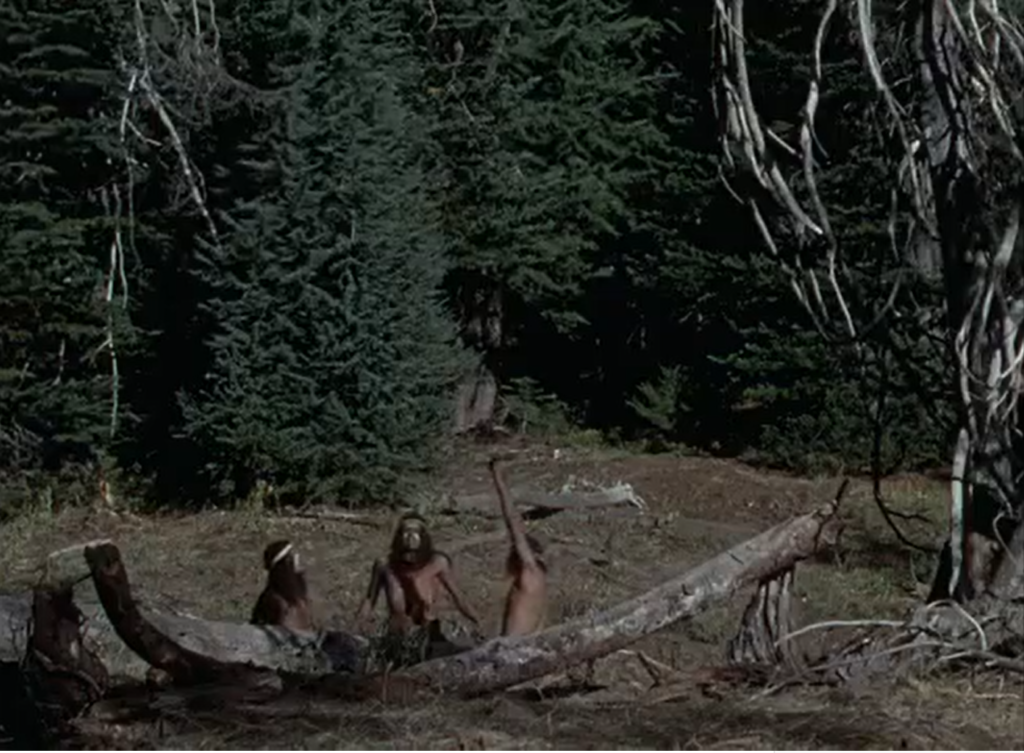

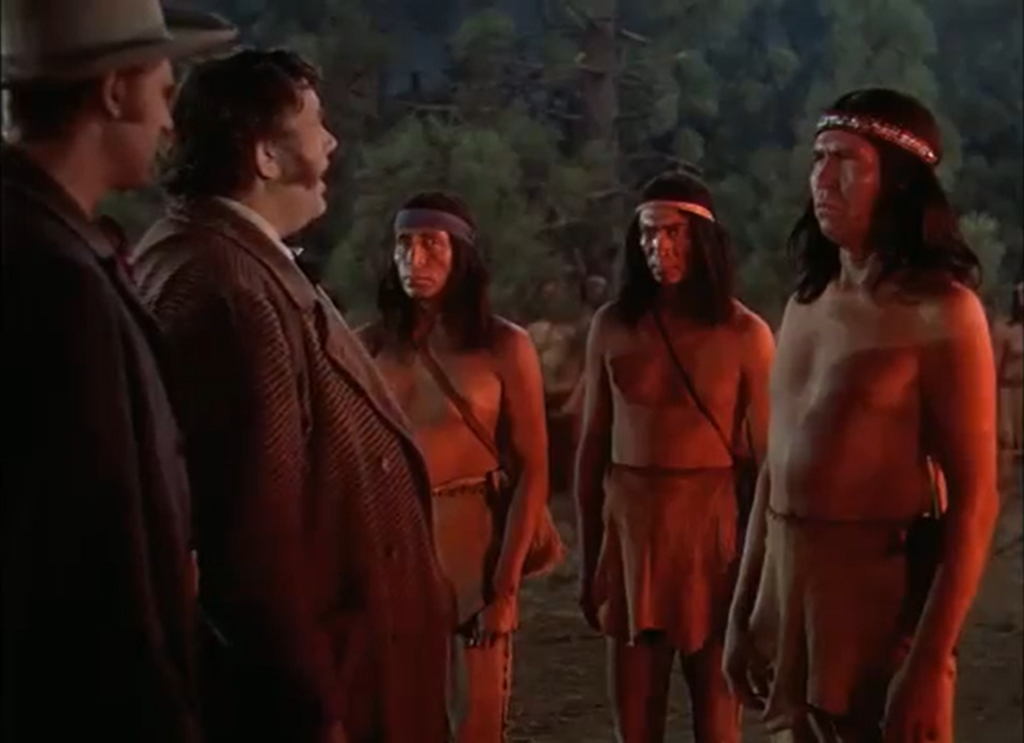

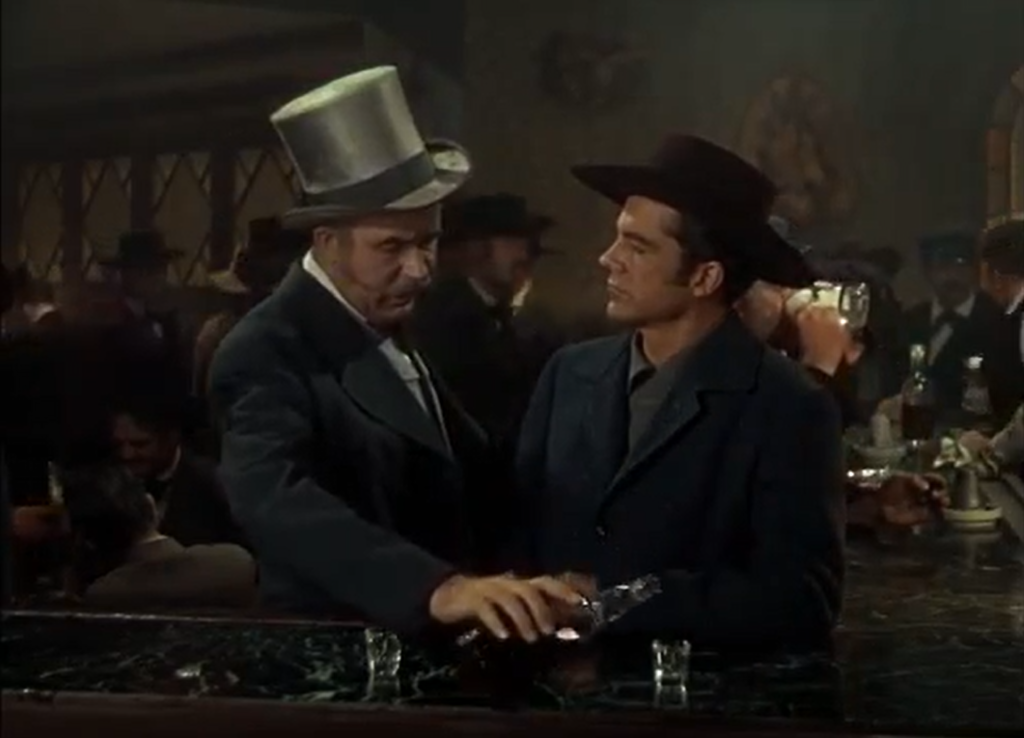

One thought on “Canyon Passage (1946)”
Agreed; not must-see – but it’s not a bad flick. As per my 5/30/20 post in ‘The ’40s-’50s in Film’ (fb):
“Couldn’t be you fell through a window, by any chance?”
‘Canyon Passage’ (1946): Just after making several noir / horror films (‘Cat People’, ‘I Walked with a Zombie’ and ‘The Leopard Man’) and just before his classic noir ‘Out of the Past’, director Jacques Tourneur squeezed in this atypical frontier flick. What’s most interesting about it is the way it develops. It starts out – and remains – somewhat ordinary for a bit, as it subtly unravels the atmosphere of the territory and the behavior of the main characters. And then something falls out of the blue, just before the 30-minute point – which brings on a series of insidious events. Tourneur is adept at depicting the average life of these Oregon settlers, particularly the likely way they handled justice in their community. And he gets subdued, naturalistic performances out of his cast – which includes Dana Andrews, Brian Donlevy, Susan Hayward, Patricia Roc, Lloyd Bridges, Andy Devine, Hoagy Carmichael – and an especially creepy Ward Bond.